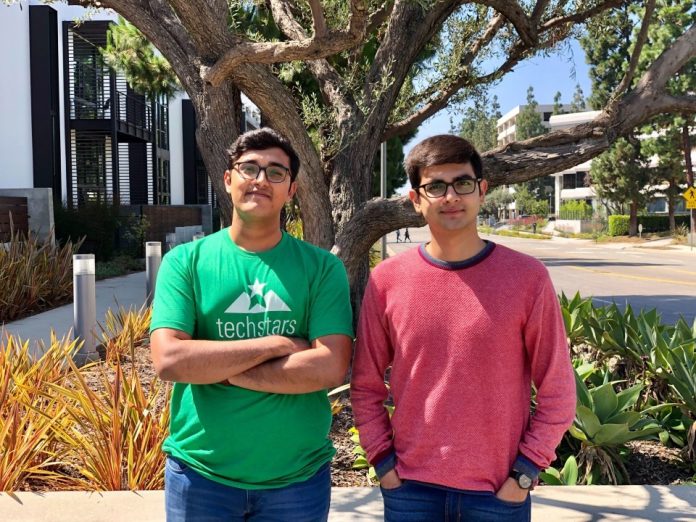– Mohammed Atherulla Shariff
Bengaluru, August 8: Awais Ahmed, the founder and CEO of a Google-backed space sector startup, Pixxel Space Technologies, Bengaluru, is building the health monitor for the planet through a constellation of the world’s highest resolution hyper spectral satellites.
Hailing from Aldur of Chikmagalur district of Karnataka – a village, about 5 hours from here, Awais grew up without internet facility till 8th grade and spent a lot of time reading encyclopaedias on space and science and technology.
A Masters in Mathematics from Birla Institute of Technology and Science Pilani, Awais started Pixxel, while still in the final year of undergraduate studies – a culmination of more than a year’s worth of exploration and deep dives.
Pixxel is set to come out with one of the largest satellite projects outside the Indian Space Research Organisation (ISRO) by starting to launch the first six of its satellites named Fireflies this year, out of a constellation of a total of 18 satellites that the company is set to launch by next year. The first set of six satellites will be launched, either through the Polar Satellite Launch Vehicle (PSLV) or through a SpaceX launch vehicle. The company had already launched its satellites with both these vehicles in the past. Fireflies are reportedly expected to remain in space for ten years and contain high-resolution capacity.
In January this year, Pixxel started its first spacecraft manufacturing facility in Bengaluru, called Mega Pixxel, where it can reportedly assemble, integrate and test 40 satellites of over 100 kg every year. After 18 Fireflies satellites, the plan by the company is to come up with six heavier satellites called Honeybees that will complete the constellation of 24 satellites.
Pixxel’s hyper spectral satellites are unique in their ability to provide hundreds of bands of information with global coverage at a very high frequency, making them ideal for disaster relief, agricultural monitoring, energy monitoring and urban planning applications. They are equipped to beam down up to 50-fold more information with unprecedented detail, compared to other conventional satellites in orbit.
“Right now, ours is the largest satellite manufacturing facility in the country, so no immediate expansion plans. The first of its kind for any startup in the space sector. And one of the largest such projects outside ISRO in India,” Awais said.




